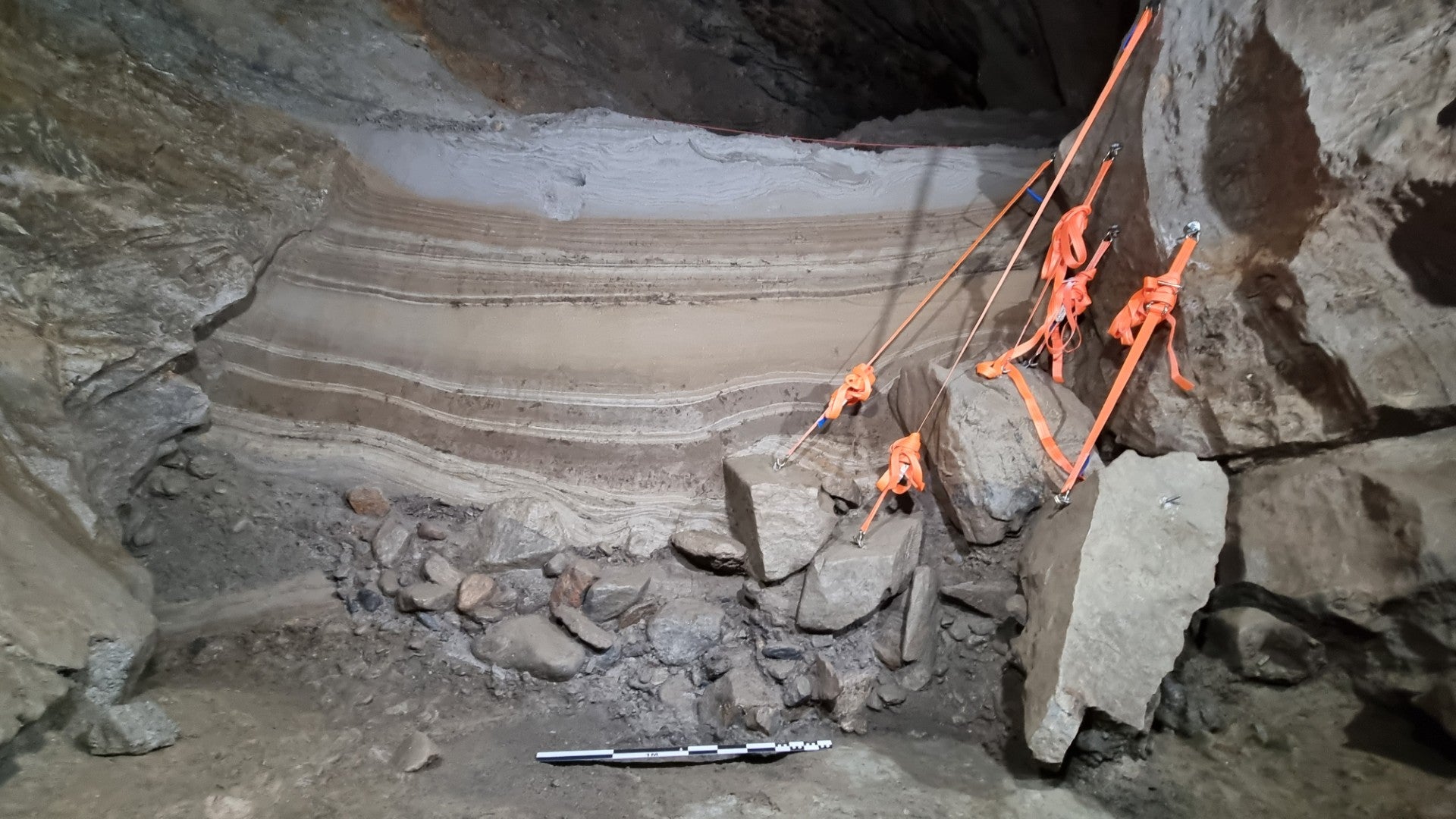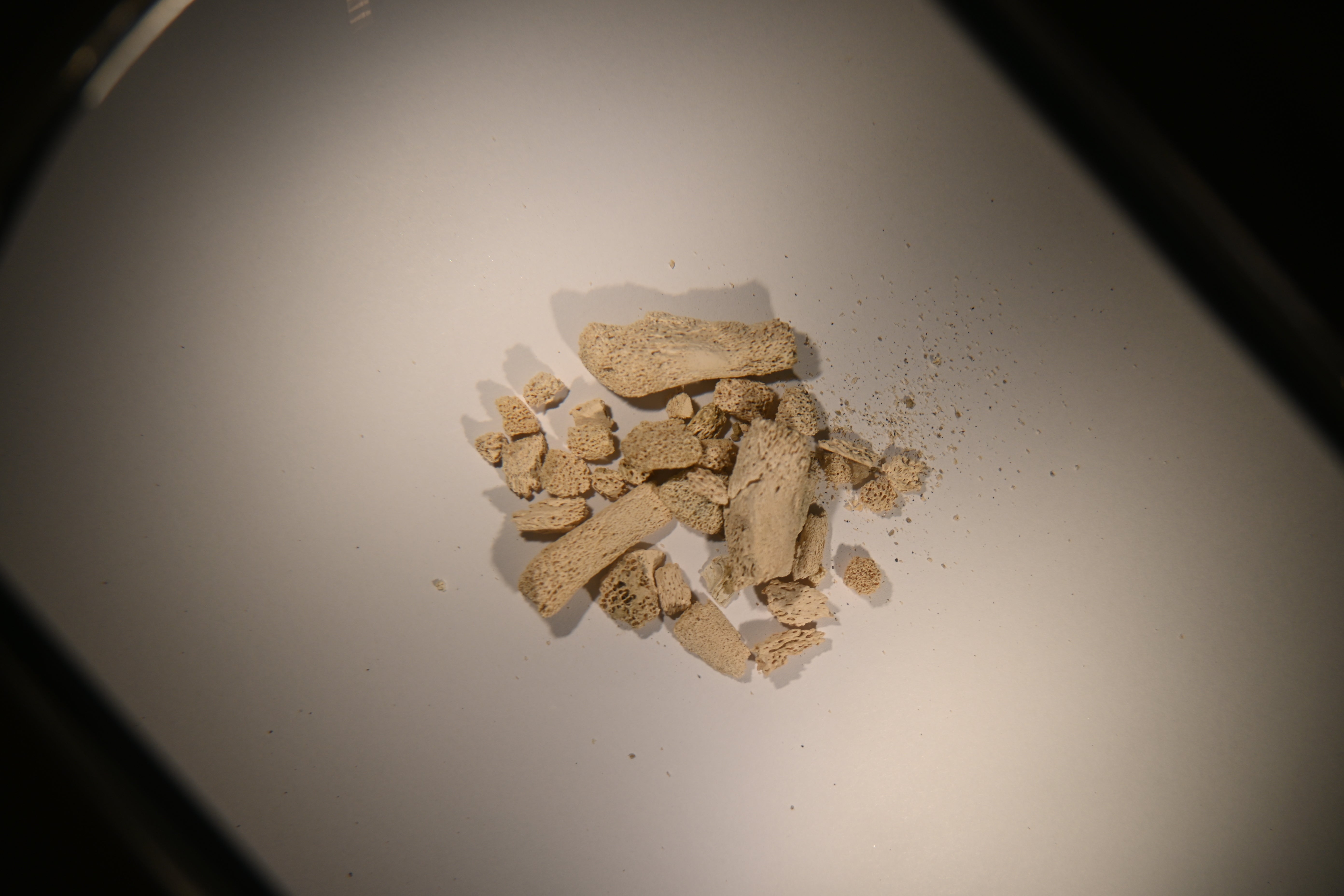The remains of animals dating back more than 10,000 years have been found in a cave in northern Norway providing the oldest example of an animal community living in the European Arctic region.
Forty-six types of mammals were found, as well as fish and birds.
The discovery, which includes polar bear, walrus, bowhead whale and Atlantic puffin, provides “a rare snapshot of a vanished Arctic world”, according to scientists.
Also found were the remains of collared lemmings which are now extinct in Europe and had not been found in Scandinavia before.
The team say the study, published in the journal Proceedings of the National Academy of Sciences (PNAS), will help show how wildlife has responded to dramatic climate shifts in the past as the animal community dates to a warmer period of the ice age.

DNA testing carried out for the research found that the lineages of the animals did not survive when colder conditions returned.
Sam Walker, of Bournemouth University, said: “These discoveries provide a rare snapshot of a vanished Arctic world.
“They also underscore how vulnerable cold-adapted species can be under changing climate conditions, which can help us to understand their resilience and extinction risk in the present.”
The remains were found in the Arne Qvamgrotta cave which was first discovered in the 1990s when a local mining industry built a tunnel through the nearby mountain.
But it was large excavations carried out in 2021 and 2022 which led to the discovery of the animals which also included common eider, rock ptarmigan and Atlantic cod.
Professor Sanne Boessenkool, of the University of Oslo, said: “We have very little evidence of what Arctic life was like in this period because of the lack of preserved remains over 10,000 years old.
“The cave has now revealed a diverse mix of animals in a coastal ecosystem representing both the marine and the terrestrial environment.”
The researchers state that the variety of animals including migratory reindeer suggest the habitat would have been mostly ice-free at the time and the presence of freshwater fish meant there would have been lakes and rivers within tundra.

There would also have been sea ice for the bowhead whales and walruses, although this would have been seasonal as the harbour porpoises found are known to avoid ice, the scientists say.
The study suggests that although the animals had managed to colonise the region after the glaciers melted, their whole populations had died out as they had been unable to migrate when the ice returned.
Dr Walker said: “This highlights how cold-adapted species struggle to adapt to major climatic events.
“This has a direct link to the challenges they are facing in the Arctic today as the climate warms at a rapid pace.
“The habitats these animals in the region live in today are much more fractured than 75,000 years ago, so it is even harder for animal populations to move and adapt.”
Prof Boessenkool added: “It is also important to note that this was a shift to a colder, not a period of warming that we are facing today.
“And these are cold-adapted species, so if they struggled to cope with colder periods in the past, it will be even harder for these species to adapt to a warming climate.”


